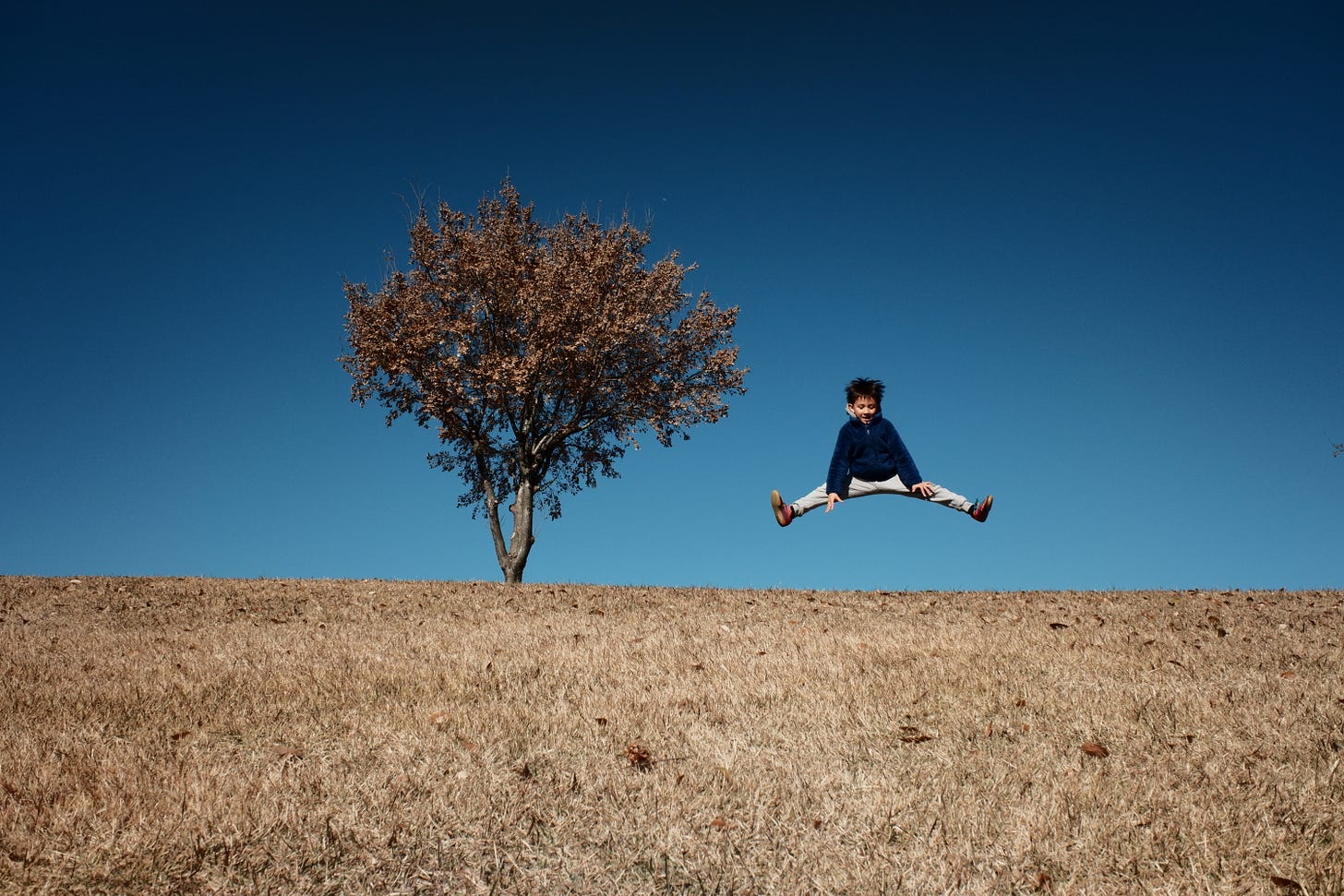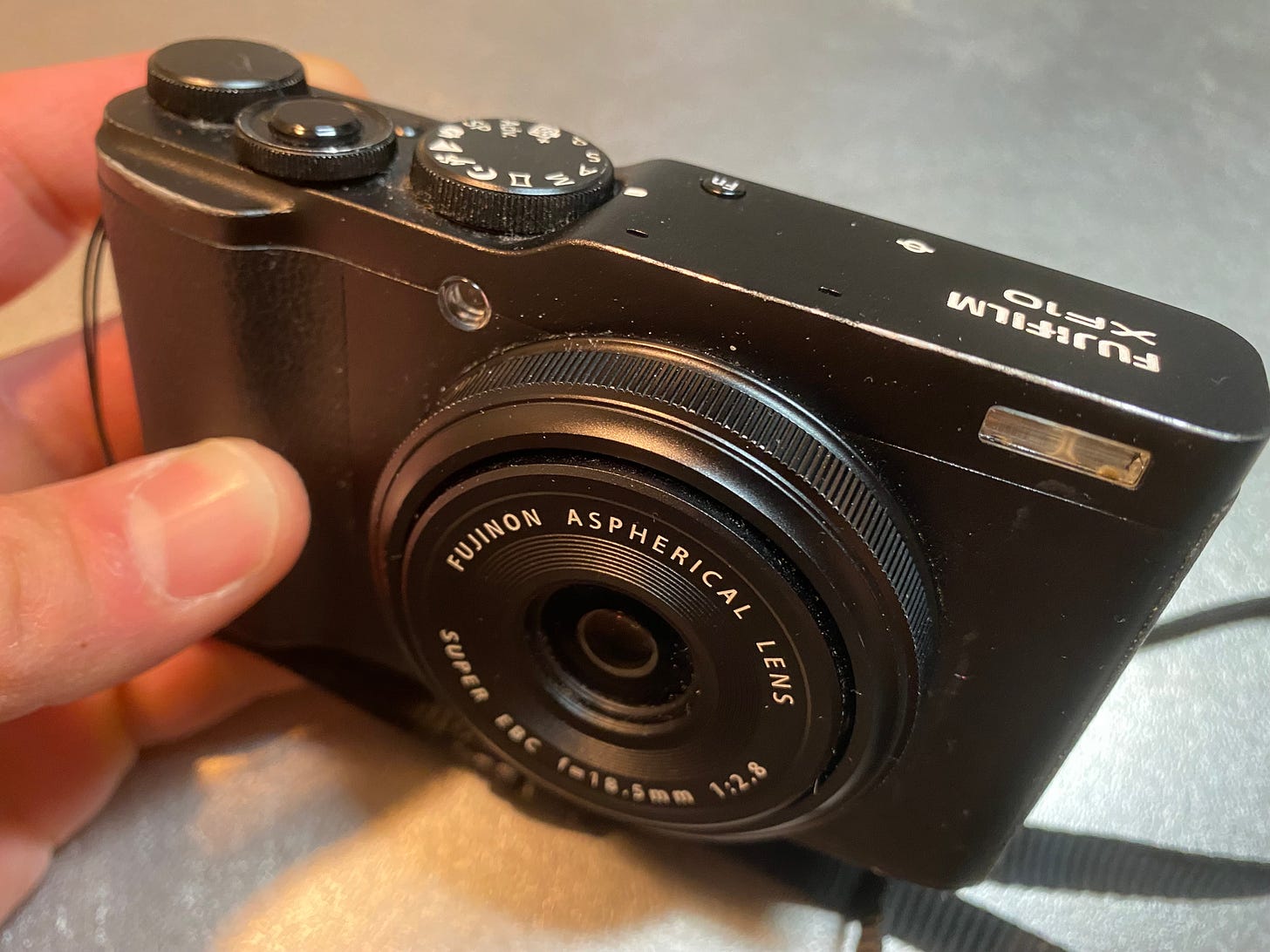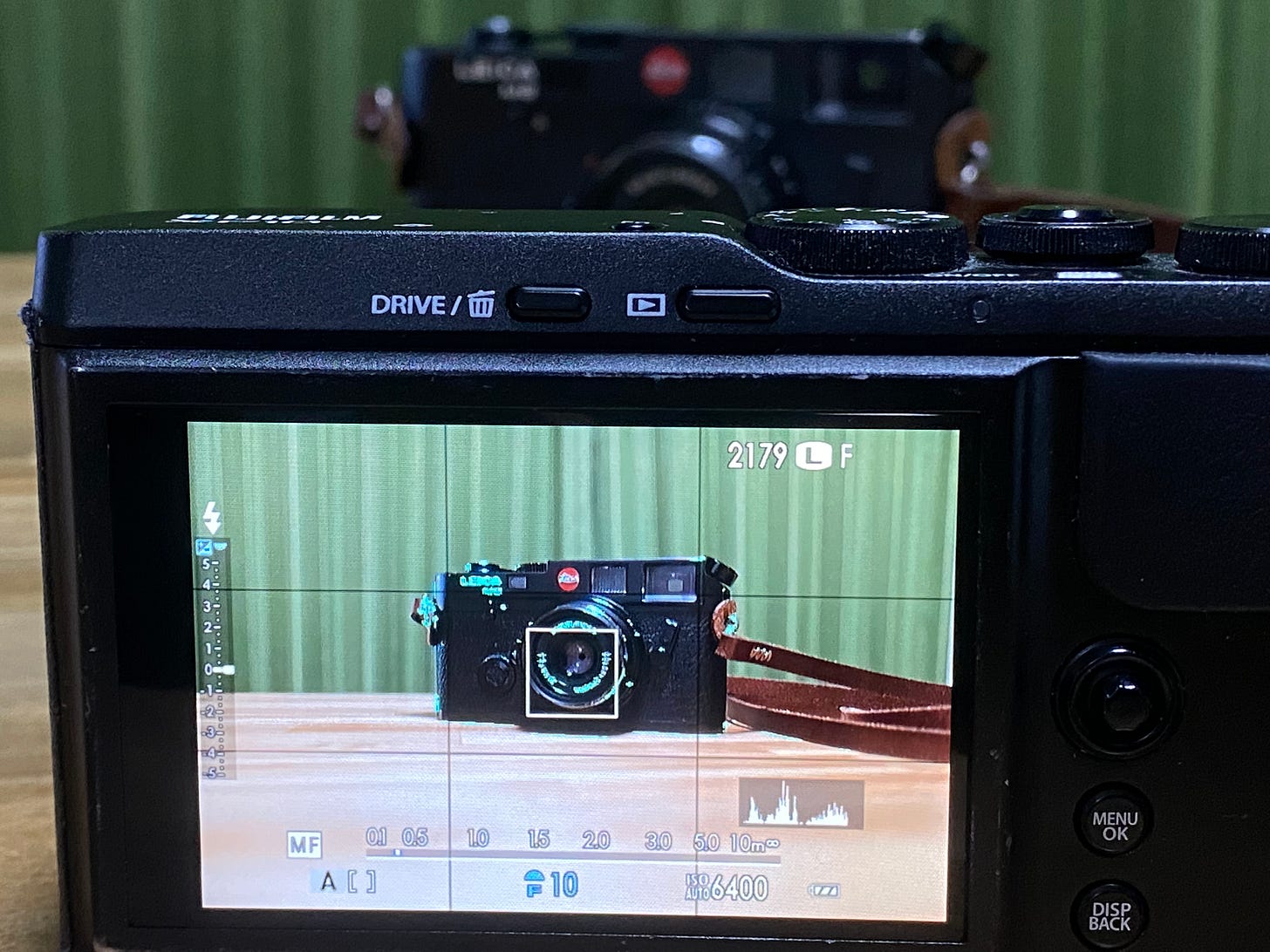7 Reasons the Fujifilm XF10 Crushes the Ricoh GR III
Forget Autofocus: This Manual Trick Makes the XF10 Unstoppable
How to Make the Fujifilm XF10 a Better Camera Than the Ricoh GR III
Hey there! 👋 If you’re new here, welcome to the Ronin Lens Report—a place where we talk photography, gear, and everything in between. If you’re enjoying this post (or you’re just curious), why not hit that subscribe button? It’s totally free, and if you change your mind, unsubscribing is just as easy—no hard feelings, I promise! 😊
Now, let’s dive into today’s topic!
The Fujifilm XF10 doesn’t get the attention it deserves. The Ricoh GR III is always hogging the spotlight, but I’m here to tell you that the XF10 can absolutely beat the GR III at its own game. And no, I’m not just saying that because I own one—I’ve got seven solid reasons to back it up. Plus, I’ll share a killer trick that transforms the XF10 into something truly special.
Ready? Let’s go.
1. Better Colors, Hands Down
Fujifilm’s color science is basically magic. The XF10 produces vibrant, natural, and gorgeous photos straight out of the camera. Blues are rich, greens pop, and skin tones are warm and lifelike. The Ricoh GR III? Let’s just say it doesn’t quite have that same magic. If you’re someone who loves amazing colors without hours of editing, the XF10 wins here.
2. It’s a Bargain
When I bought my XF10 brand new seven years ago, it cost me 50,000 yen. That’s right, 50,000 yen for a camera that produces professional-quality images. Even today, while the prices have gone up a bit, it’s still significantly cheaper than the Ricoh GR III. If you’re on a budget, this is a no-brainer.
3. Built-In Flash Is a Game-Changer
You know what the Ricoh GR III doesn’t have? A flash. For me, that’s a huge deal. The XF10 includes a built-in flash, and it’s awesome for low-light situations or when you need a little pop to brighten your subject. Street photographers especially know how handy a flash can be. Fujifilm really nailed it by including this feature.
4. Tougher Than It Looks
Some people think the XF10 feels cheaper than the GR series. Let me stop you right there—it doesn’t. This camera is solid. It’s made of metal, and trust me, it’s tough as nails. I’ve thrown mine into bags with no case, carried it around my neck without a lens cap, and used it in less-than-ideal weather. It’s never let me down. This thing is a tank disguised as a compact camera.

5. No Dust Problems
If you’ve used a Ricoh GR, you know about the dreaded dust issue. That extending lens mechanism is like a welcome mat for dust particles. The XF10? No such problems. Its lens doesn’t extend as much, and I’ve never had to deal with dust on my sensor. For me, that’s a huge relief.
6. Film Recipes for Stunning JPEGs
One of the coolest things about Fujifilm cameras is the ability to use film simulations. With the XF10, you can create your own “Fuji recipes” or download ones from the internet to get incredible, film-like JPEGs straight out of the camera. Sure, you can only store one recipe at a time, but the results are worth it. Who doesn’t love photos that look like vintage film with zero editing?

7. Autofocus Is Meh… But I’ve Got a Fix
Now, let’s address the elephant in the room: autofocus. The XF10’s autofocus isn’t great. The GR III is definitely faster in this department. But—and this is a big “but”—there’s a way to make the XF10 shine despite its slow autofocus. Let me share my secret weapon: manual focus.
The Magic of Manual Focus
Yes, you read that right. Manual focus is how I turned the XF10 into a camera that feels faster and more reliable than the Ricoh GR III. Here’s how I do it:\n\n#### 1. Aperture Priority Mode
I keep the camera in aperture priority mode and set the aperture to f/8 or higher. Why? It gives me a deep depth of field, so most of my scene stays in focus without much effort.\n\n#### 2. Don’t Fear High ISO
The XF10 handles high ISO surprisingly well. I regularly shoot at ISO 3200 or even 6400 without hesitation. This lets me keep my shutter speeds high enough for sharp shots, even in low light.\n\n#### 3. Focus Peaking is a Lifesaver
The XF10 has focus peaking, which highlights the parts of your frame that are in focus. I use the front lens ring to adjust focus manually, and with focus peaking, it’s quick and easy to get it right.\n\n#### 4. Set It and Forget It
Once I’ve set the focus, I’m ready to go. Since I’m shooting at f/8 or higher, I don’t have to adjust it much. The camera becomes incredibly fast, and I’m free to focus on composition and capturing the moment.\n\nYes, using manual focus requires both hands, but the tradeoff is worth it. It completely eliminates the frustration of slow autofocus, and the XF10 becomes a joy to use.
Why It Works
This setup plays to the XF10’s strengths: great color, solid build, and simplicity. By taking control of the focus, you bypass the one major flaw and turn it into an advantage. The GR III might have faster autofocus, but with this method, the XF10 feels faster in practice. Plus, you get all the other benefits that come with Fujifilm’s design and color science.
Final Thoughts
The Fujifilm XF10 is a seriously underrated camera that deserves more love. From its stunning colors and built-in flash to its rugged build and lack of dust issues, it has plenty of advantages over the Ricoh GR III. And while the autofocus might scare some people off, switching to manual focus transforms this camera into a powerhouse.\n\nSo, what do you think? Are you ready to give the XF10 a second look? Or are you still Team GR? Let me know—I’d love to hear your thoughts!"
If you enjoyed this post or just want to brighten my day, make sure to hit that subscribe button! It’s free, and it’s the best way to keep up with more photography tips, gear talk, and behind-the-scenes stories. Your support means the world to me—and it might just make me smile today! 😊
Until next time, happy shooting! 📸
Jas







